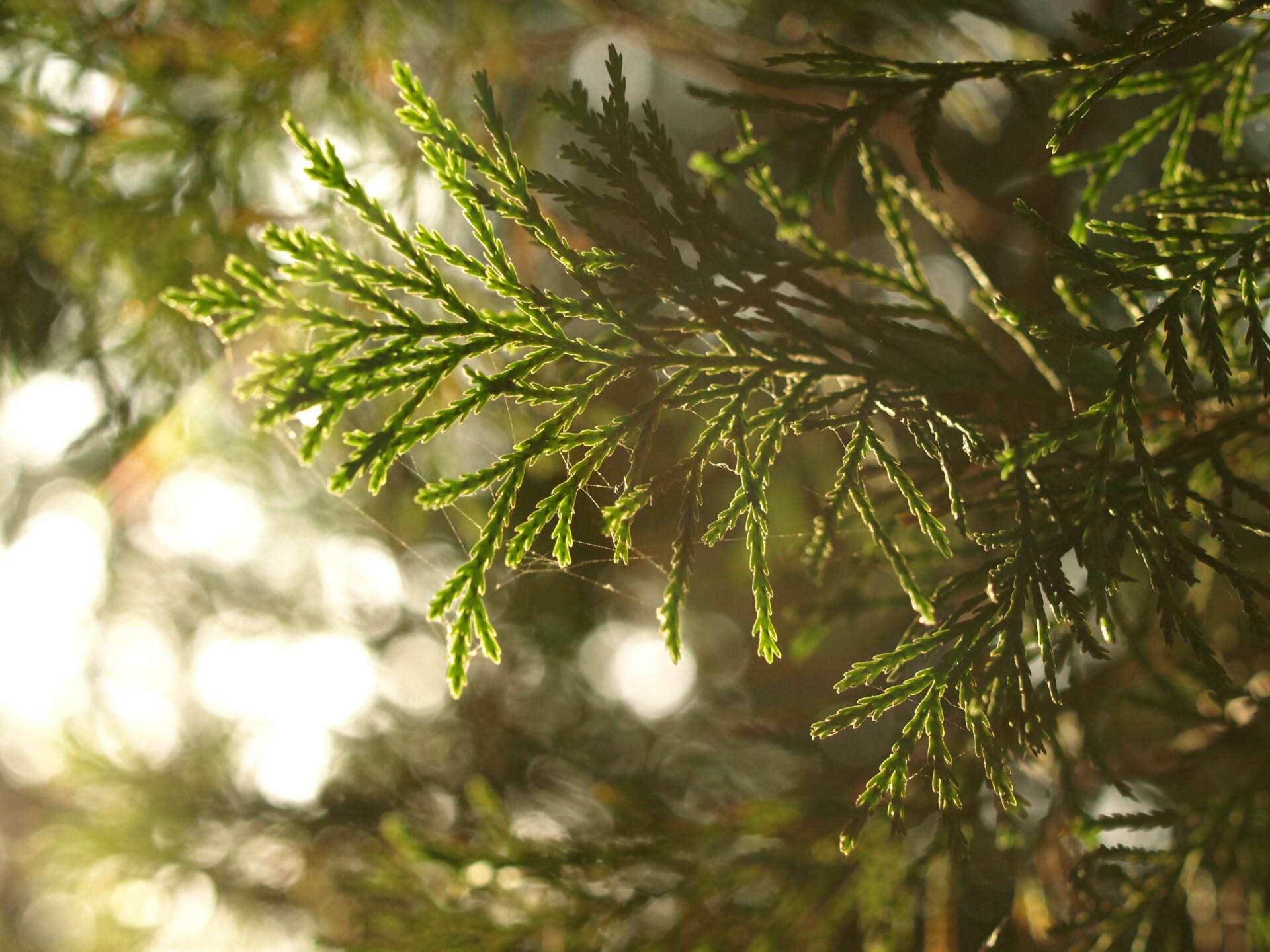Blue cypress ethereal oil
10ml 44 sgd / 30ml 94.50 sgd
Botanical name: Callitris Intratropica
Buy now
Origin: Australia
Extraction:
Steam distilled
Plant part: Wood and bark.
Scent: Sweet, woody, balsamic and herbaceous, with a unique foresty aroma.
Aromatherapy: Insect repellent, purifying, grounding, calming yet energizing; improving mental clarity, beneficial to respiratory ailments.
Skin/bodycare: Relieves muscle pain and arthritis related conditions, relieves abdominal discomfort, healing to bruises, wounds, hives, psoriasis, shingles, cold sores and insect bites, contracts weak connective tissues, skin whitening properties, excellent perfume fixative.
Blends well with: Other woody, citrus and “green” oils.
Sustainability awareness: The population of Cypress Pine trees has gone down dramatically in the Northern Territory of Australia over the past 100 years. The theory is that modern bush fire regimes are the cause. VIZU’s blue cypress essential oil is extracted from plantation grown trees, and not from wild-harvesting.
Best before April 2023 (BN 2008)

